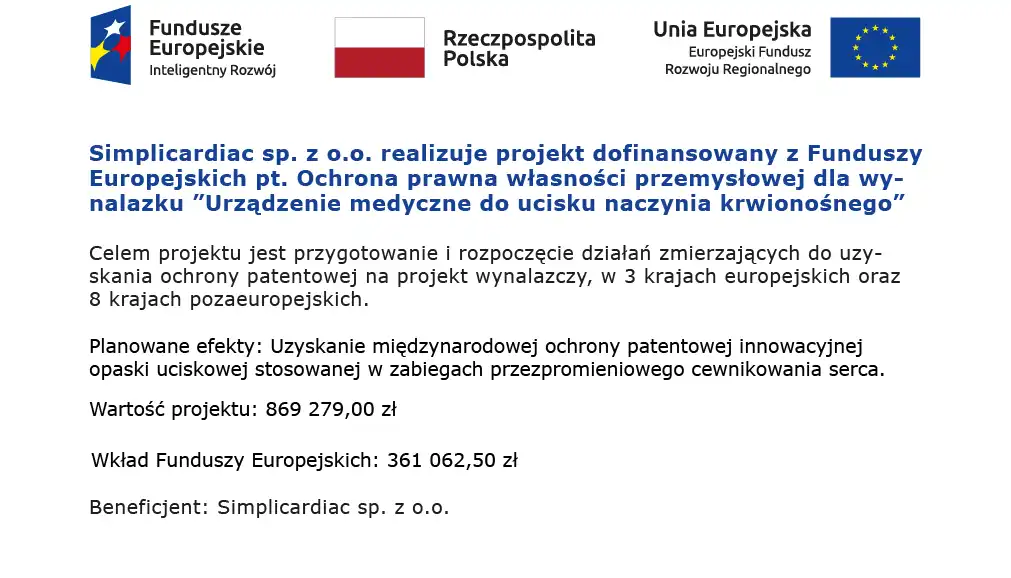Radial artery access has emerged as a safer and more convenient alternative to femoral artery access in cardiac catheterization procedures. Unlike the femoral artery, which is located in the groin area, the radial artery is accessible from the wrist. This offers several advantages, including reduced risk of complications such as bleeding and hematoma formation, which are more common with femoral access due to its larger size and deeper location. Additionally, the radial artery’s superficial location makes it easier to compress, leading to quicker hemostasis and shorter post-procedural recovery times.
Furthermore, the radial artery access site offers increased patient comfort and mobility compared to the femoral approach. Patients undergoing cardiac catheterization via radial access can typically sit up and move around shortly after the procedure, whereas femoral access often requires prolonged bed rest to minimize the risk of complications. This improved mobility not only enhances patient comfort but also reduces the risk of complications such as deep vein thrombosis and allows for earlier discharge from the hospital, resulting in overall shorter hospital stays and quicker return to normal activities for patients.
Another key advantage of radial artery access is its lower incidence of access site complications, such as pseudoaneurysm and arteriovenous fistula formation, compared to the femoral approach. The smaller diameter of the radial artery and its more superficial location result in less trauma to the vessel wall during catheterization, reducing the likelihood of vascular injury and subsequent complications. As a result, radial artery access has become increasingly popular among interventional cardiologists and is now considered the preferred approach for many cardiac catheterization procedures, offering both patients and healthcare providers a safer and more convenient option for cardiovascular care.



